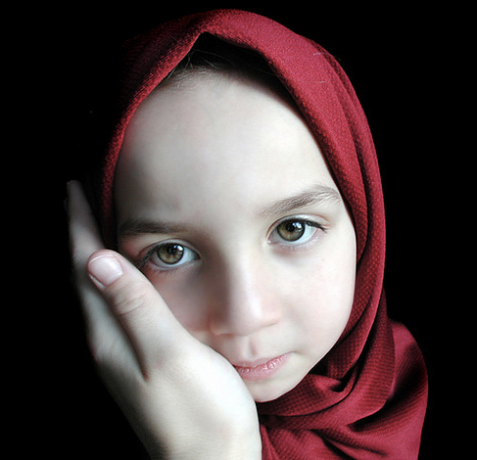 As school begins, we all set high hopes for wonderful school experiences in the new year. Parents are excited to see their children return to the routine of school, but many are reticent as fear lies in the background, the fear of bullying. A topic in schools and among parents, Queen bees, cliques, schoolyard fights and horrifying tormenting that has crippling effects on students are all lumped into the one category: bullying.
As school begins, we all set high hopes for wonderful school experiences in the new year. Parents are excited to see their children return to the routine of school, but many are reticent as fear lies in the background, the fear of bullying. A topic in schools and among parents, Queen bees, cliques, schoolyard fights and horrifying tormenting that has crippling effects on students are all lumped into the one category: bullying.
Tormenting of children is an unacceptable occurrence, and schools must take a hard line in true bully prevention.
I am curious, however, about childhood behavior that is often seen as intentional bullying but is rather the genesis of what later becomes bullying in the adult world: a child who has not been taught about emotional regulation, identifying feelings, development of empathy, and solving conflicts in peaceful ways. Children who are punished for isolated incidents instead of being taught new ways of dealing with emotion or problems become adults whose fear and anger run rampant later in life.
It’s true that some heinous things have happened to children who were victims of vicious behavior by peers. These stories and the books that have been written to enhance the financial security of authors create a mania of mislabeling normal childhood behavior as bullying. They are scary stories that provoke fear in adults, particularly in adults who feel vulnerable. Adults who feel vulnerable need guidance in how to sift the fact from fiction and learn to support their child without enhancing problems.
Adrienne van der Valk, in her article “There are no Bullies: Just Children Who Bully—And You Can Help Them” (http://www.tolerance.org/print/magazine/number-45-fall-2013/there-are-no-bullies), wants educators and parents to ask about children who exhibit bullying behavior:
‘Why do they have this need for control and power?'”
As adults we must do all we can to ensure that children are safe. But being safe does not mean that children are never hurt. Life does bring with it unexpected situations. These situations allow children opportunities to develop the skills of dealing with adversity. Van der Valk points out that bullying behavior spikes when children feel off-kilter in the social scene. They use tools that think will get them what they want. People learn through trial and error, especially young people. And as adolescence bring in new factors, physiology and socially, their problem solving becomes newly challenged.
Mistakes are a part of learning. Most children will bully at some point in their childhood. We do not expect perfect behavior of children; our goal is to create thoughtful humans who can learn from their mistakes, make reparations, and move forward in life as better people.
In The Bully, the Bullied, and the Bystander, author Barbara Coloroso explains that the solution to bullying behavior and the often mislabeled isolated violent action is to involve parents and schools to support children in learning social tools.
Coloroso describes healthy family cultures that nurture secure attachment and foster strong self-directed behavior. She notes the following attributes of environments that foster healthy problem solving behaviors:
- Environments that teach democratic principles by respecting children’s feelings and perspectives.
- Environments that foster “creative, constructive, responsible activity”
- Discipline that allows for limit setting, but also allows the child to keep dignity and create reparations, leading to the teaching of self-regulation rather than a fear of punishment.
- Reasonable and natural consequences to undesired behavior.
- Children are given opportunities to learn about their feelings and to develop tools in which to help them use thinking to express those feelings in a healthy manner. (Social Thinking, developed by Michelle Garcia Winner, and mindfulness training can be implemented in classrooms to teach specific skills such as perspective taking, empathy, and learning to pause and consider options.
We are missing the very opportunity we require to help children learn how to be respectful members of a community when we punish children for their isolated lack of self-regulation skills rather than using incidents for teaching. The root of the word discipline is not “to punish” but “to teach.”
Repeated hurtful behavior must be stopped. If a parent feels that a child is bullied and the bullying cannot be stopped, sometimes finding a new school is the best alternative. But parents need to know that a child who hurts another child is a hurting child. Both children need attention and development of social and emotional skills.
The pendulum has swung too far from ignorance of the existence of bullying behavior to creating bullies where children who need our help exist. School handbooks outline specific definitions of bullying and harassment for adults and children as well as preconceived consequences instead of enlightening parents about the social causes for behaviors we label bullying. Schools need to have effective programs that develop interpersonal skills within all classrooms; teachers need training to become child advocates, not police. School routines and supervision are often a factor in perceived bullying, easy remedies for bullying within the school environment.
Bullying is a problem and also a wonderful opportunity in our schools. The real solution to what is commonly described as “a bullying problem” is for adults to become curious and mindful about their own behaviors, own the important task of teaching social emotional tools, and lead by example.






